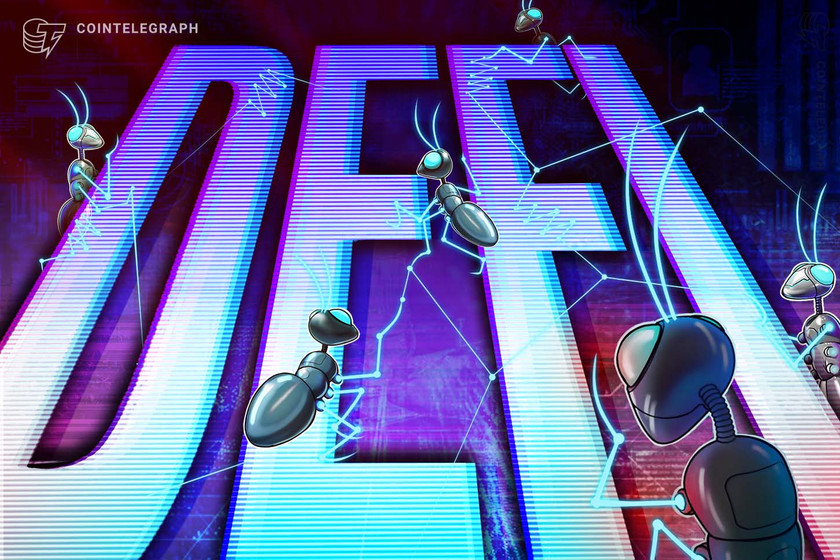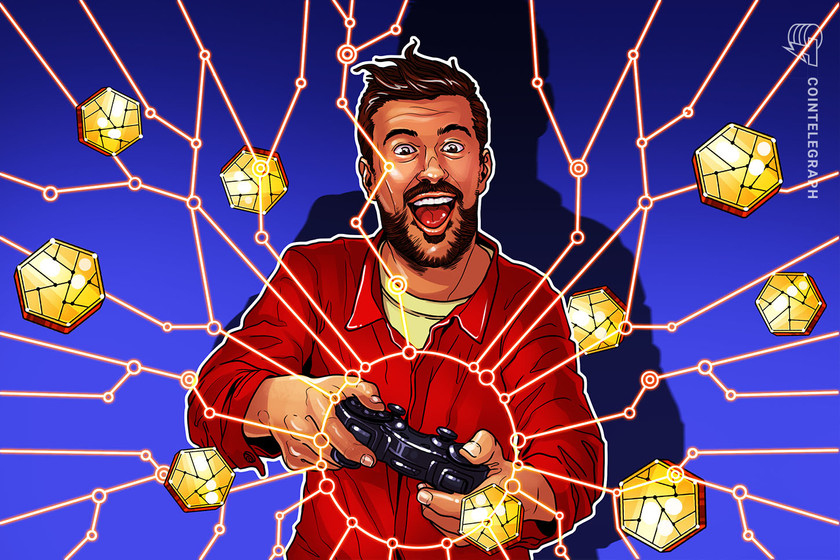
Directional liquidity pooling is a new way for liquidity providers to add liquidity to exchanges while avoiding impermanent loss.
Modern decentralized exchanges (DEXs) mainly rely on liquidity providers (LP) to provide the tokens that are being traded. These liquidity providers are rewarded by receiving a portion of the trading fees generated on the DEX. Unfortunately, while liquidity providers earn an income via fees, they’re exposed to impermanent loss if the price of their deposited assets changes.
Directional liquidity pooling is a new method that is different from the traditional system used by DEXs and aims to reduce the risk of impermanent loss for liquidity providers.
What is directional liquidity pooling?
Directional liquidity pooling is a system developed by Maverick automated market maker (AMM). The system lets liquidity providers control how their capital is used based on predicted price changes.
In the traditional liquidity pool model, liquidity providers are betting that the price of their asset pairs will move sideways. As long as the price of the asset pair doesn’t increase or decrease, the liquidity provider can collect fees without changing the ratio of their deposited tokens. However, if the price of any of the paired assets were to move up or down, the liquidity provider would lose money due to what is called impermanent loss. In some cases, these losses can be greater than the fees earned from the liquidity pool.
This is a major drawback of the traditional liquidity pool model since the liquidity provider cannot change their strategy to profit based on bullish or bearish price movements. So, for example, if a user expects Ether’s (ETH) price to increase, there is no method to earn profits via the liquidity pool system.
Directional liquidity pooling changes this system by allowing liquidity providers to choose a price direction and earn additional returns if they choose correctly. So, for example, if a user is bullish on ETH and the price increases, they’ll earn additional fees. Bob Baxley, chief technology officer of Maverick Protocol, told Cointelegraph:
“With directional LPing, LPs are no longer locked into the sideways market bet. Now they can make a bet with their LP position that the market will move in a certain direction. By bringing a new degree of freedom to liquidity providing, directional LPing AMMs like Maverick AMM open the liquidity pool market to a new class of LPs.”
How does this benefit users in DeFi?
The AMM industry and related technologies have grown quickly in the past few years. A very early innovation was UniSwap’s constant product (x * y = k) AMM. But, constant product AMMs are not capital efficient because each LP’s capital is spread over all values from zero to infinity, leaving only a small amount of liquidity at the current price.
Recent: Institutional crypto adoption requires robust analytics for money laundering
This means that even a small trade can have a big effect on the market price, causing the trader to lose money and the LP to pay less.
In order to solve this problem, several plans have been made to “concentrate liquidity” around a certain price. Curve made the Stableswap AMM, and all of the liquidity in the pool is centered around a single price, which is often equal to one. In the meantime, Uniswap v3 made the Range AMM more popular. This gives limited partners more control over where their liquidity goes by letting them stake a range of prices.
Range AMMs have given LPs a lot more freedom when it comes to allocating their cash. If the current price is included in the chosen range, capital efficiency may be much better than constant product AMMs. Of course, how much the stakes can go up depends on how much the LP can bet.
Because of the concentration of liquidity, LP capital is better at generating fees and swappers are getting much better pricing.
One big problem with range positions is their efficiency drops to zero if the price moves outside the range. So, to sum up, it’s possible that a “set it and forget it” liquidity pooling in Range AMM like Uniswap v3 could be even less efficient in the long run than a constant product LP position.
So, liquidity providers need to keep changing their range as the price moves to make a Range AMM work better. This takes work and technical knowledge to write contract integrations and gas fees.
Directional liquidity pooling lets liquidity providers stake a range and choose how the liquidity should move as the price moves. In addition, the AMM smart contract automatically changes liquidity with each swap, so liquidity providers can keep their money working no matter the price.
Liquidity providers can choose to have the automated market maker move their liquidity based on the price changes of their pooled assets. There are four different modes in total:
- Static: Like traditional liquidity pools, the liquidity does not move.
- Right: Liquidity moves right as the price increases and does not move as the price decreases (bullish expectation on price movement).
- Left: Liquidity moves left as the price decreases and does not move as the price increases (bearish expectation on price movement).
- Both: Liquidity moves in both price directions.
The liquidity provider can put up a single asset and have it move with the price. If the chosen direction matches the price performance of the asset, the liquidity provider can earn revenue from trading fees while avoiding impermanent loss.
When the price changes, impermanent loss happens because the AMM sells the more valuable asset in exchange for the less valuable asset, leaving the liquidity provider with a net loss.
Recent: Crypto adoption: How FDIC insurance could bring Bitcoin to the masses
For example, if there is ETH and Token B (ERC-20 token) in the pool and ETH increases in price, the AMM will sell some ETH to buy more Token B. Baxley expanded on this:
“Directional liquidity represents a significant expansion of the options available to prospective LPs in decentralized finance. Current AMM positions are essentially a bet that the market will go sideways; if it doesn’t, an LP is likely to lose more in impermanent loss than they make in fees. This simple reality arguably keeps a lot of potential LPs from ever entering the market.”
When it comes to traditional AMMs, impermanent loss is difficult to hedge against since it can be caused by prices moving in any direction. On the other hand, directional liquidity providers can limit their exposure to impermanent loss with single-sided pooling. Single-sided pooling is where the liquidity provider only deposits one asset, so if impermanent loss happens, it can only occur on that single asset.
















